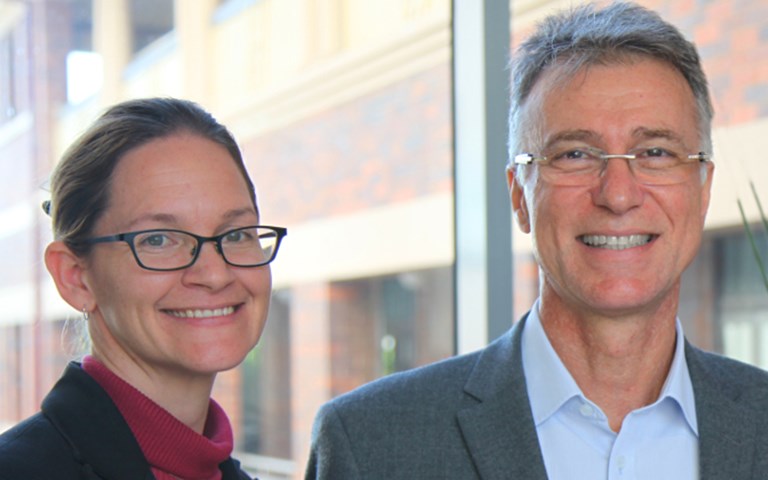The benefits of mine-to-mill optimization are well-recognized, including the potential for optimized blasting to improve downstream processing performance. Unfortunately, this has resulted in an over-simplification of the concept to the idea that simply increasing explosive consumption in a mine results in an optimization of mining and mineral processing. However, for holistic mine-to-mill optimization, blast intensity is not always increased, but rather adjusted to best suit the different ore types, circuit configuration, equipment, installed comminution power and the separation process.
It involves looking holistically at an operation from the mine to the processing plant rather than piecemeal by individual processes. The aim is to maximize production while minimizing the overall cost per tonne to increase profit in a sustainable manner. Every ore body and mining operation is different, so specific targets and objectives vary for each project. Understanding the ore body and the characteristics of the ore within allows the process to be tailored to suit the ore properties and key business drivers.
If done right, blasting can be the cheapest and most energy-efficient rock breaking stage. The fragmentation of the blasted material affects the throughput and energy consumption in downstream crushing and grinding operations. These, in turn, impact the performance of the subsequent separation processes.
Blast fragmentation is affected by the inherent structure and strength of the rock. Ore characterization and blasting audits are used to define ore domains based on rock structure and strength and calibrate a site-specific blast fragmentation model. This is used to optimize the blast design for each domain given the ore properties. The result is a set of blasting guidelines to provide the right amount of blasting energy for each domain. This generates consistent run-of-mine (ROM) fragmentation with appropriate size distribution for the downstream processes.
Just as the size of blasted material affects crushing and grinding, the particle size and liberation from comminution strongly affects the performance of separation. It is important to understand the trade-off between the higher costs, energy consumption and possibly lower throughput of producing a finer grind size versus the improved liberation and recovery of the valuable component. This varies considerably for different ore types and breakage mechanisms.
Comprehensive sampling and ore characterization allows calibration of site-specific predictive mathematical models for blasting, comminution and separation. Together, these models indicate how the whole process will respond to different ore types and operating practices in the mine and the plant. These are used, together with historical operating data, power calculations and extensive industrial and consulting experience and databases, to highlight opportunities for improvement and evaluate alternative strategies.
Related: Hatch research challenges conventional wisdom on crystallization ponds
The models can be combined with the mine plan to generate a production forecast and can be extended to develop geometallurgical models. This provides an understanding of ore variability and its effect on mining and processing over the life of mine. Capital equipment purchases can be predicted well in advance. Long-term strategic planning is easier and more accurate and can be used to reduce risks and maximize profitability.
Many strategies for improving the efficiency and sustainability of mining operations are not new, but rather involve novel application of existing technologies and tailored solutions based on understanding of the process and ore. There are great opportunities when we consider the whole flowsheet: higher intensity blasting, in-pit crushing and conveying using elevated high-angle conveyors, and early waste rejection to minimize the amount of material needing transportation and treatment. Also, efficient comminution technologies such as high-pressure grinding rolls, vertical roller mills and stirred mills, higher efficiency classification (such as fine screens), and coarser primary separation to minimize fine grinding. Taking the tailings into account, filtration and dry stacking can reduce water consumption and tailings footprint, eliminate the risk of dam failure and allow progressive rehabilitation.
To be successful, mine-to-mill projects require a structured methodology supported by extensive auditing, surveys and historical data analysis (for existing operations), as well as ore characterization, mathematical modelling and simulation. To ensure that the benefits are achieved and maintained, the recommended changes must be incorporated into managerial decisions, training and site-operating procedures. There is a long list of successful mine-to-mill optimization projects. For example, Antamina doubled throughput for hard ores with the existing equipment and installed power, therefore reducing the specific energy consumption. This approach has helped many operations significantly increase their production with little to no capital expenditure and has improved the economic viability of greenfield projects. Costs are cut, energy is saved and overall process efficiency improves.
Kristy-Ann Duffy is a senior processing consultant at Hatch, and Walter Valery, PhD, is global director of consulting and technology at Hatch.
Got an opinion on one of our columns? Send your comments to editor@cim.org.




